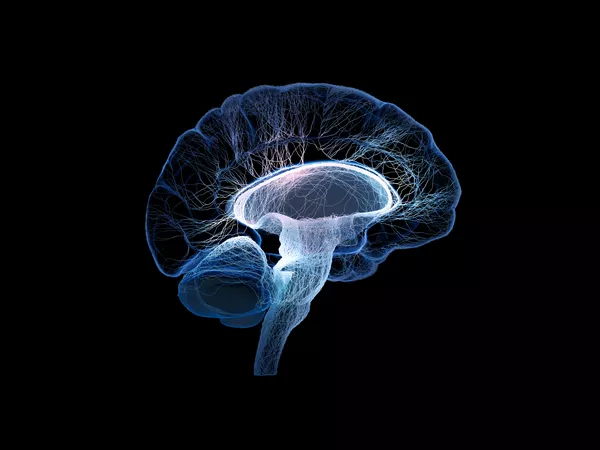BRIEF RESEARCH REPORT
Published on 09 Aug 2022
Topography and distribution of adenosine A2A and dopamine D2 receptors in the human Subthalamic Nucleus
doi 10.3389/fnins.2022.945574
- 2,400 views
- 13 citations
5,608
Total downloads
23k
Total views and downloads
BRIEF RESEARCH REPORT
Published on 09 Aug 2022
DATA REPORT
Published on 24 Jun 2022
REVIEW
Published on 21 Feb 2022
ORIGINAL RESEARCH
Published on 13 Sep 2021
